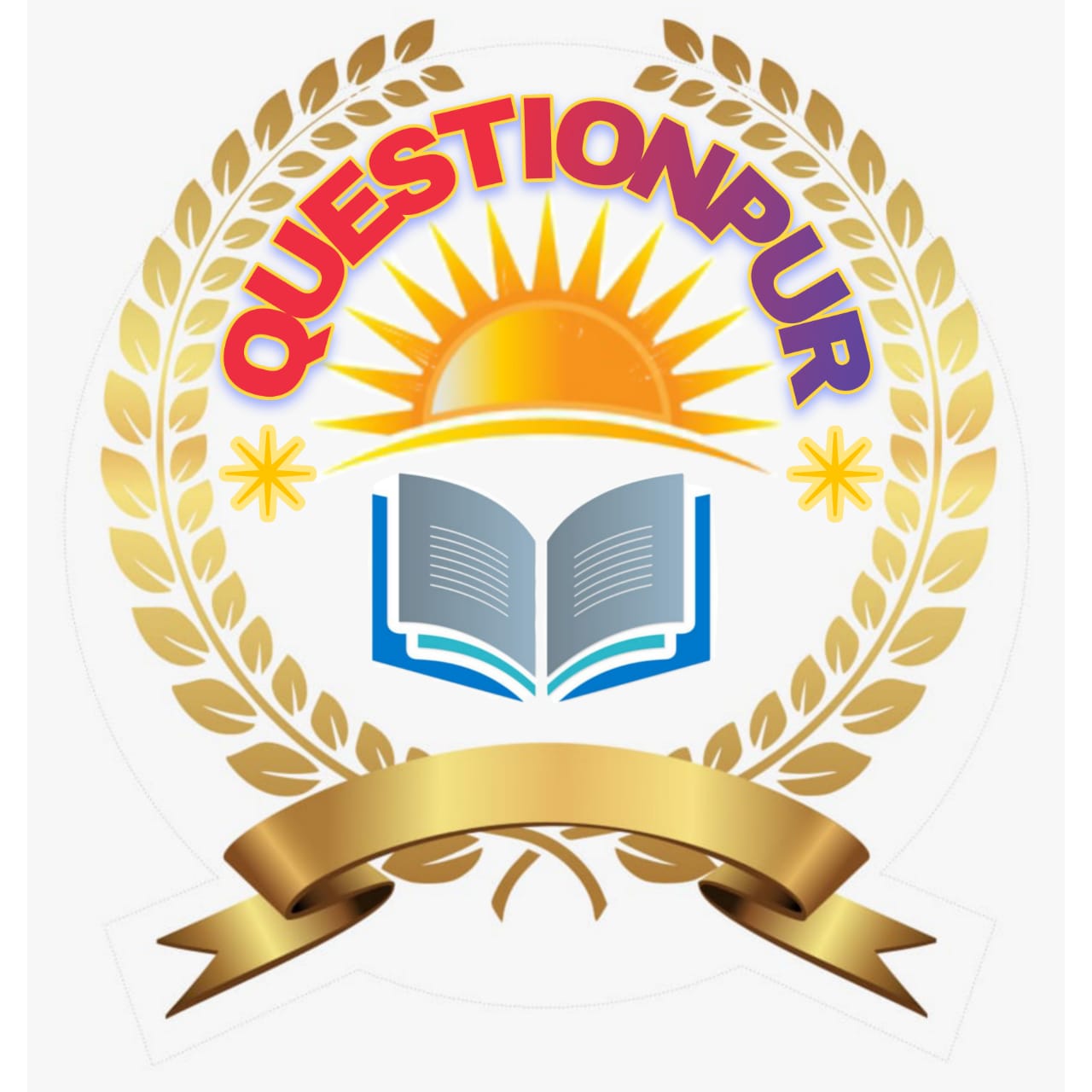Discuss how 'feminism' challenges the male-centred value system in the postmodern age
Feminist criticism can be divided into two distinct varieties. The first type is concerned with woman as reader with woman as the consumer of male produced literature and with the way in which the hypothesis of a female reader changes our apprehension of a given text, awakening us to the significance of its sexual codes.
This kind of analysis is called the feminist critique and like other kinds of critique it is a historically grounded inquiry which probes the ideological assumptions of literary phenomena. Its subjects include the images and stereotypes of women in literature, the omissions and misconceptions about women in criticism and the fissures in male-constructed literary history.
It is also concerned with the exploitation and manipulation of the female audience, especially in popular culture and film, and with the analysis of women as-sign in semiotic systems. The second type of feminist criticism is concerned with woman as writer-with woman as the producer of textual meaning, with the history, themes, genres and structures of literature by woman.
Its subjects include the psychodynamics of female creativity, linguistics and the problem of a female language; the trajectory of the individual or collective female literary career; literary history, and of course, studies of particular writers and works. No term exists in English for such a specialised discourse, and so I have adopted the trench term Lagyo critique, 'gyno critics' The feminist critique is essentially political and polemical, with theoretical affiliations to Marxist sociology and aesthetics; gyno critics is more self- contained and experimental, with connections to other modes of new feminist research.
As we see in this analysis; one of the problems of the feminist critique is that it is male oriented. If we study stereotypes of women, the sexism of male critics, and the limited what women play in literary history, we are not learning what women have felt and experienced, but only what men have thought women apprenticeship to the male the roretician, whether he be Althusser, Barthes, Macherey or Lacon; and then an application of the theory of signs or myths or the unconscious to male texts of films.
The temporal and intellectual investment one makes in such a process increases resistance to questioning it, and to seeing its historical and ideological boundaries. The critique also has a tendency to naturalise women's victimisation; by making it the inevitable and obsessive topic of discussion.
In contrast to this angry or loving fixation on Male literature, the programme of gyno critics is to construct a female framework for the analysis of women's literature, to develop new models based on the study of female experience, rather than to adapt male models and theories. Gyno critic begins at the point when we free ourselves from the linear absolutes of male literary history, stop trying to fit women between the lines of the male tradition, and focus is stead on the nearly visible world of female culture.
Before we can even begin to ask how the literature of women would be different and special, we need to reconstruct its past, to rediscover the scores of women novelists, poets and dramatists whose work has been obscured by time, and to establish the continuity to the female tradition, the patterns of influence and response from one generation to the next, we can also begin to challenge the periodicity of orthodox literary history, and its enshrined canons of achievement.
It is because we have studied women writers in isolation that we have never grasped the connections between them. When we go beyond Austen, the Brontes and Eliot, say, to look at a hundred and fifty or more of their sister novelists, we can see patterns and phases in the evolution of a female tradition which correspond to the development phases of any sub-cultural art. In my book on English women writers.
A literature of their own, I have called these the feminine, feminist and female stages. During the feminine phases; dating from about 1840 to 1880. Women wrote in an effort to equal the intellectual achievements of the male culture, and internalised its assumptions about female nature.
The distinguishing sign of this period is the male pseudonym, introduced in England in 1840, and a national characteristic of English women writers. The feminist content of feminine art is typically oblique, displaced, ironic and subversive; one has to read it between the lines, in the missed possibilities of the text.
Read More-
- Plot construction of 'She Stoops to Conquer'
- English Comedy before Goldsmith
- Sentimental Comedy: Reaction of Goldsmith against it
- Character and role of Miss Neville
- Discuss She Stoops to Conquer as a Sentimental Comedy
- Discuss Goldsmith's View of Sentimental Comedy
- Give an estimate of Goldsmith as a dramatist
- Contribution of Goldsmith as a Dramatist





